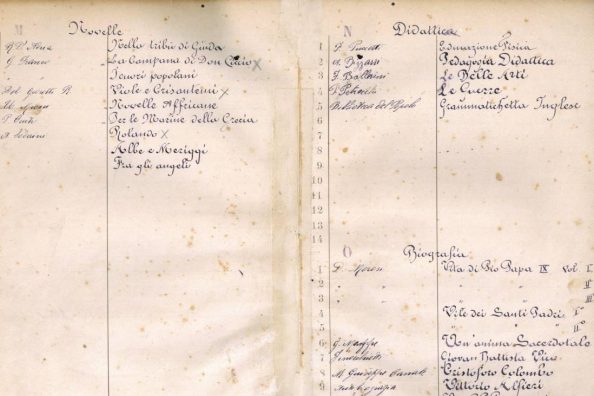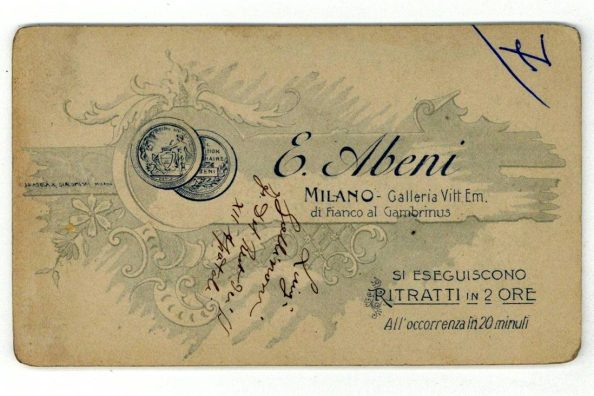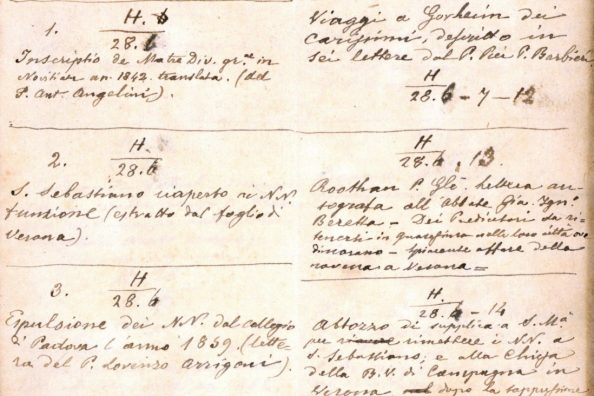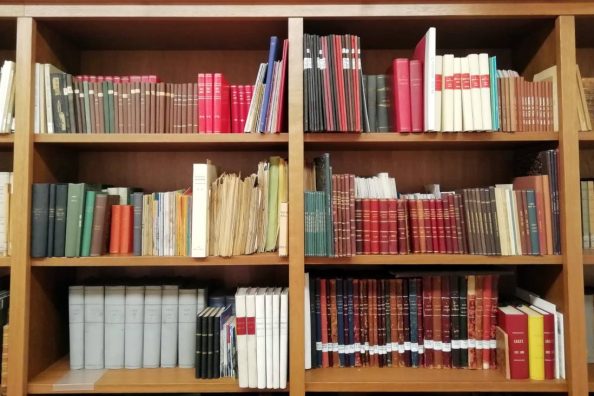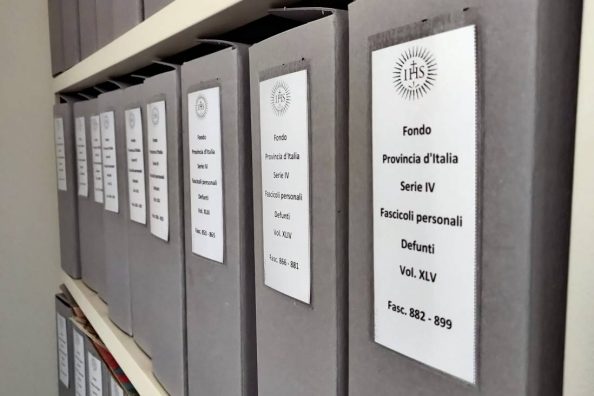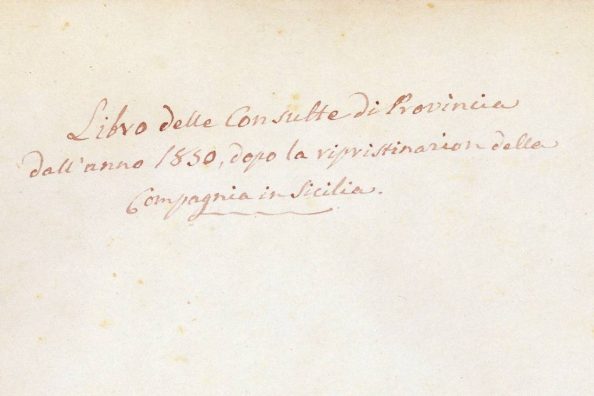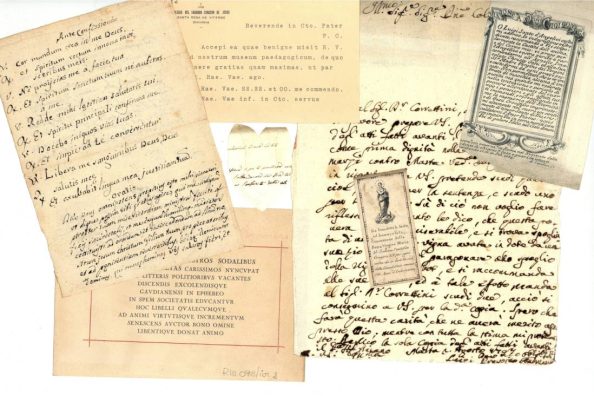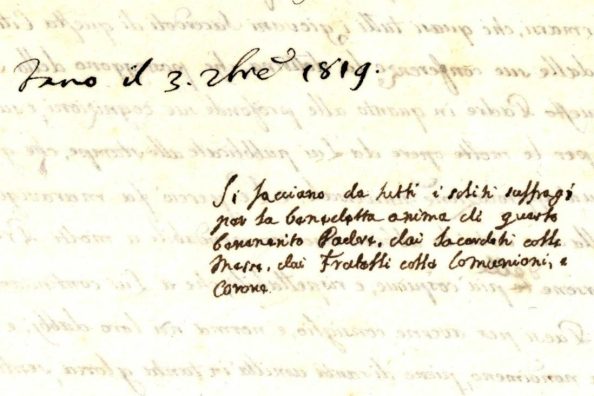The Jesuits’ mortal remains
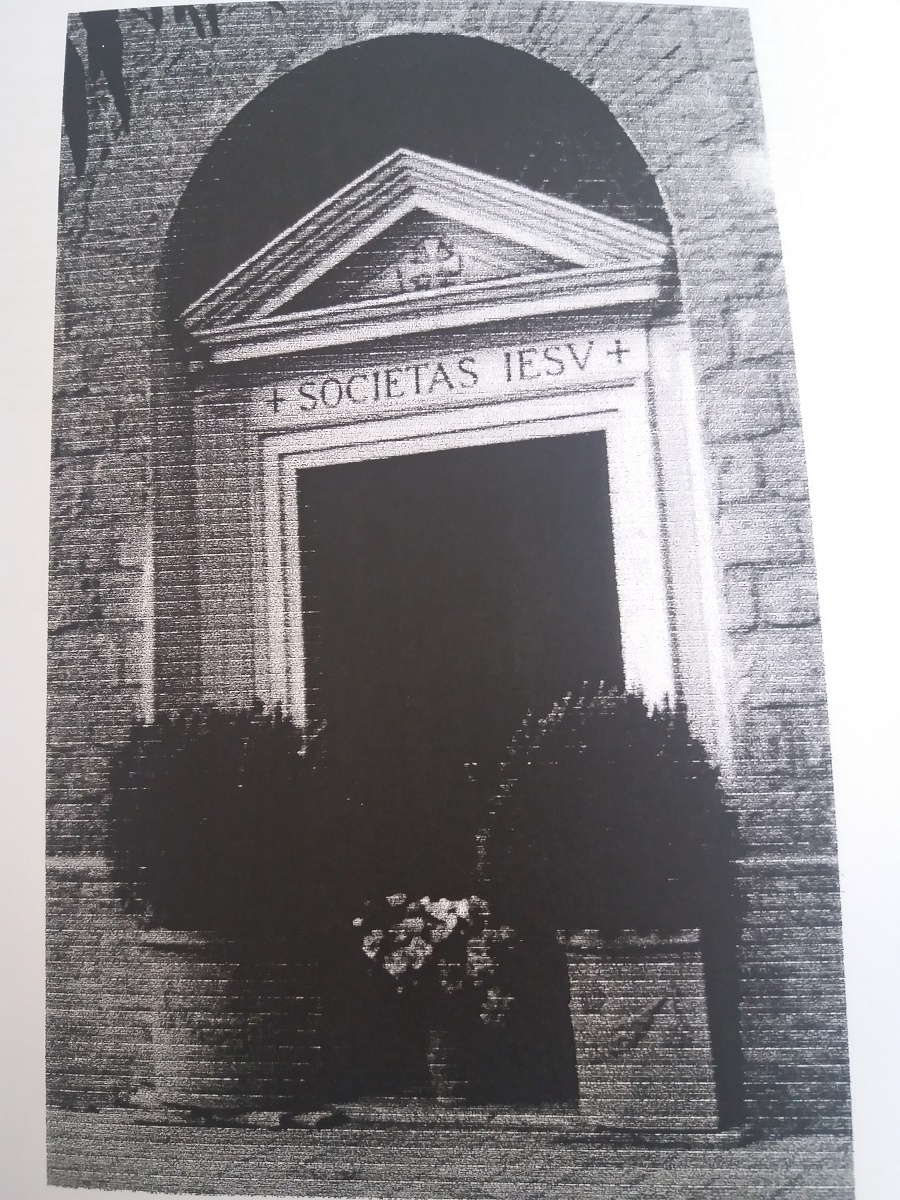
Among the many enquiries received by the historical archive, those concerning the search for the Jesuit tomb are intensifying as November approaches. Our column today therefore deals with the house of the Jesuit mortal remains, but it would be more correct to speak of ‘houses’. In fact, there are many places where – in the course of time – the bodies of Jesuits have found their rightful resting place.
We will often return to this theme, providing information on the various burial places of Jesuits from other provinces in Italy (Milanese, Veneto-Turin, Naples, Sicula), Malta and the mission in Albania.
Let us take Rome as an emblematic case: it is necessary to make a distinction between the Jesuits who died before and after 1870; the year of the taking of Rome, which decreed the formal end of the pope’s temporal power, also constitutes a periodizing element with regard to Jesuit burials.
Thus, the churches of S. Ignazio, S. Andrea al Quirinale and the Gesù in Rome housed in their crypts the bodies and bones of dozens of Jesuits who had died before 1870.
Quindi le chiese di S. Ignazio, S. Andrea al Quirinale e del Gesù di Roma ospitano nelle loro cripte le salme e le ossa di decine di gesuiti deceduti prima del 1870.
From 1870 onwards, however, it was no longer possible to use this centuries-old tradition, as the regulations of the Kingdom of Italy prevented its perpetuation.
At that time, a chapel was built in the Verano Cemetery, a historic Roman cemetery, to house the fathers of the Roman Province, later the Province of Italy, and which still today houses Jesuits who die in Rome or in places close to the Urbe.
The deceased in the Verano Chapel
The chapel, which can be visited on certain days in November, is located not far from the main avenue.
Inside are the remains of more than a thousand Jesuit brothers and fathers from 1873 to the present day.
The historical archives provide information on the Jesuits present there and – where possible – on the fathers who died before 1870 and were buried in Roman churches. In this regard, in-depth documentary research and de visu comparisons are being carried out by the archivist to identify all the burials in the Society’s churches in Rome and other cities.
Help the Archives!
In your city are there churches officiated, in the past, by the Society where you can still read tombstones relating to the tomb of the Fathers buried there? On the façade of a building have you recognised the coat of arms of the Society?
Write an e.mail to the historical archive and point us to these important sources, to try to map all Jesuit burials in churches and cemeteries nationwide, help us to maintain their memory: archivio.eum@gesuiti.it
Maria Macchi

